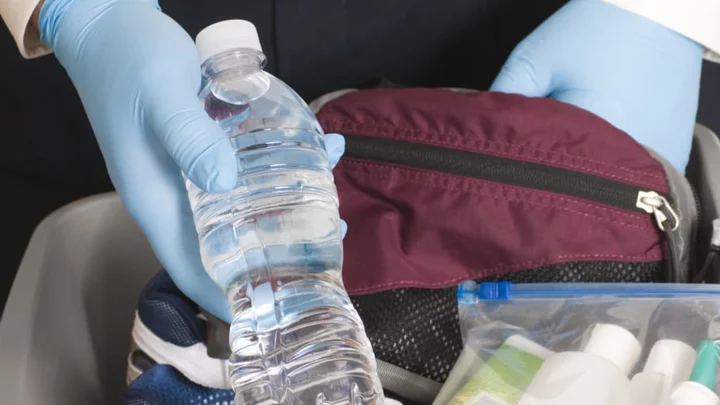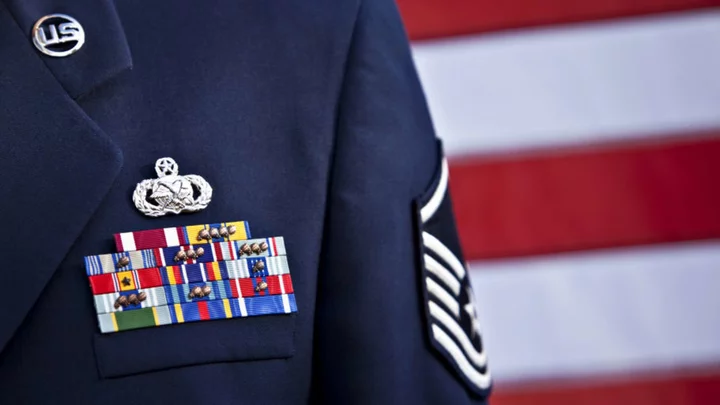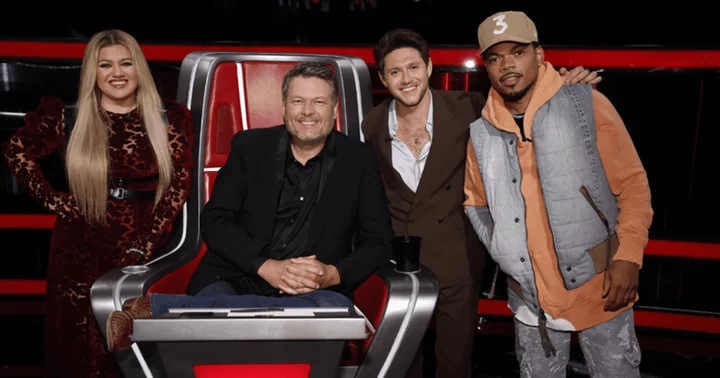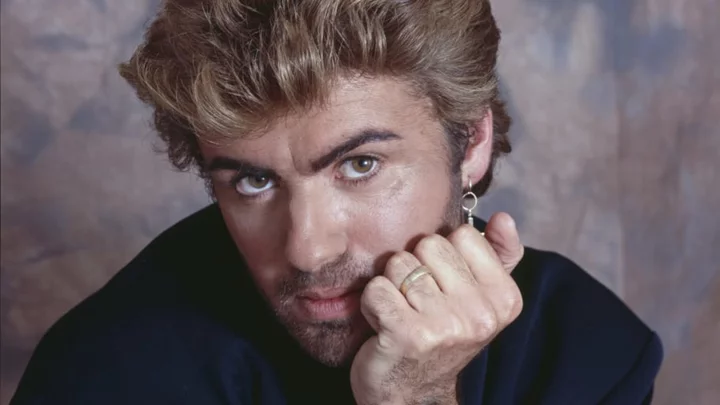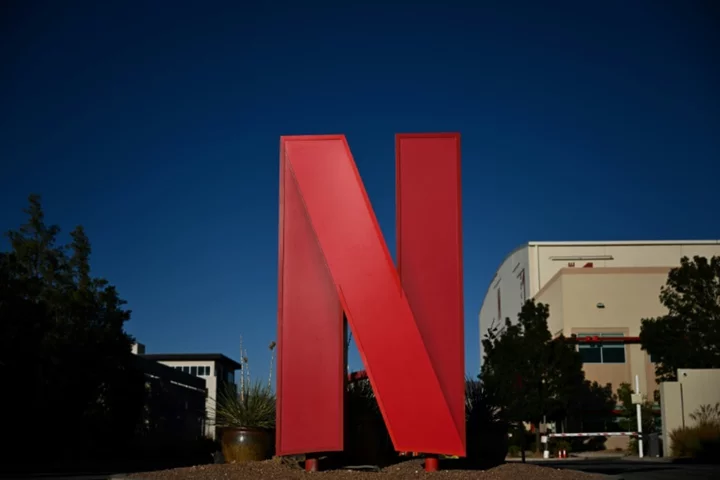Travelers already tired and weary from long spells sitting on planes and standing in gate lines can still muster up enough energy to grumble about restrictive airport security measures. Shoes and belts have to come off (unless you have TSA PreCheck). Laptops are slid out from their cases (again, for those without PreCheck). Unopened bottles of water are tossed in waste bins.
For a mode of transportation that can cause dehydration, not allowing water bottles through security is particularly grating. The directive was put in place by the Transportation Security Administration (TSA) in 2006. TSA agents and passengers are expected to follow the “3-1-1” rule for liquids. Those boarding planes can carry 3.4 ounces of liquid per container in a 1-quart bag, with one bag per passenger. While the rule has lent itself to criticism and ridicule, intelligence agencies believe they had—and continue to have—a very good reason for instituting it.
What was Operation Overt?
In the 2018 Netflix series Terrorism Close Calls, former Central Intelligence Agency (CIA) officials go on record with details of a number of potentially catastrophic attempts to target civilians that were thwarted by law enforcement. Among those individuals contributing to the show is Steve Hersem, the former deputy director of the CIA’s Community HUMINT (Human Intelligence) Division. In 2018, Hersem told Mental Floss that the liquids ban has roots in two separate terrorist plots.
“The banning of a certain quantity of liquids from airline flights in 2006 was the direct result of the intelligence uncovered during Operation Overt,” Hersem said. Operation Overt was the term used to describe a collaborative effort to foil the plot of Abdulla Ahmed Ali, a British citizen who had known affiliations with radical Islamists and terrorists he connected with during frequent trips to Pakistan.
“Ali’s bags were secretly searched when he returned to the UK and a powdered orange soft drink along with a large number of batteries were found in his suitcase,” Hersem said. “Based on his associations in Pakistan and the items in his luggage, a layered surveillance program was instituted by MI5, with assistance from the London Metropolitan Police. The surveillance, which included secret cameras and listening devices in Ali’s apartment, resulted in the discovery of a bomb-making laboratory and the fleshing out of a number of co-conspirators.”
More Articles About TSA:
At one point during their surveillance, investigators witnessed Ali drilling a hole in a soft drink bottle so it could be filled with an explosive liquid while still appearing to be unopened. If their plan had gone through, Hersem said the result could have been an attack on seven planes flying out of London and heading for North America using, among other things, a hydrogen peroxide-based-liquid explosive. (Ali and several of his associates were convicted and sentenced to life imprisonment in 2009.)
But that wasn’t the only justification law enforcement used for the liquids ban. “Al Qaeda had been fixated on targeting aviation as early as 1994 when Ramzi Yousef, the nephew of Khalid Sheikh Mohammed, the mastermind of the 9/11 attack, tested liquid explosives on an aircraft during the Bojinka Plot,” Hersem said. “The Bojinka Plot targeted, in part, Philippine Airlines Flight 434 from Manila to Tokyo, which resulted in the death of a passenger and a large hole being created in the aircraft.”
The subsequent liquids ban on flights may have stemmed directly from Operation Overt, but there was also a decade of intelligence to substantiate Al Qaeda’s ambitions—a threat that doesn’t seem to be letting up. “The ban is ongoing because intelligence continues to inform the United States Intelligence Community and other allied intelligence services that Al Qaeda, its affiliates, and the Islamic State of Iraq and al-Sham, or ISIS, continues to target aviation,” Hersem said.
Why can you only bring 3.4 ounces of liquid through airport security?
But why allow a little over 3 ounces? According to the TSA, limiting containers to what can fit inside a quart-size bag prevents what former TSA administrator Kip Hawley once called a “critical diameter” to blow anything up. The size of the container precludes enough of a potentially explosive liquid from being carried on board.
If you really want to get that bottled water past the security checkpoint, there is a workaround: Just freeze it. TSA allows for frozen liquids so long as they’re completely solid. (If it’s mushy or half-melted, you’ll be asked to toss it.) Alternately, you can also just bring a completely empty bottle through and fill it up once you’re done with the screening, which is the more environmentally conscious thing to do.
Convenient? Not really. But Hersem maintained it’s necessary. “As long as there [are] ideologically driven terrorists who are interested in targeting civilian aviation, these types of bans have to be in place and are beneficial in the aggregate.”
A version of this story originally ran in 2018; it has been updated for 2023.
This article was originally published on www.mentalfloss.com as The Real Reason You Can’t Bring Water Bottles Through Airport Security.

